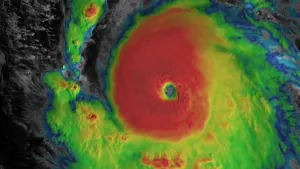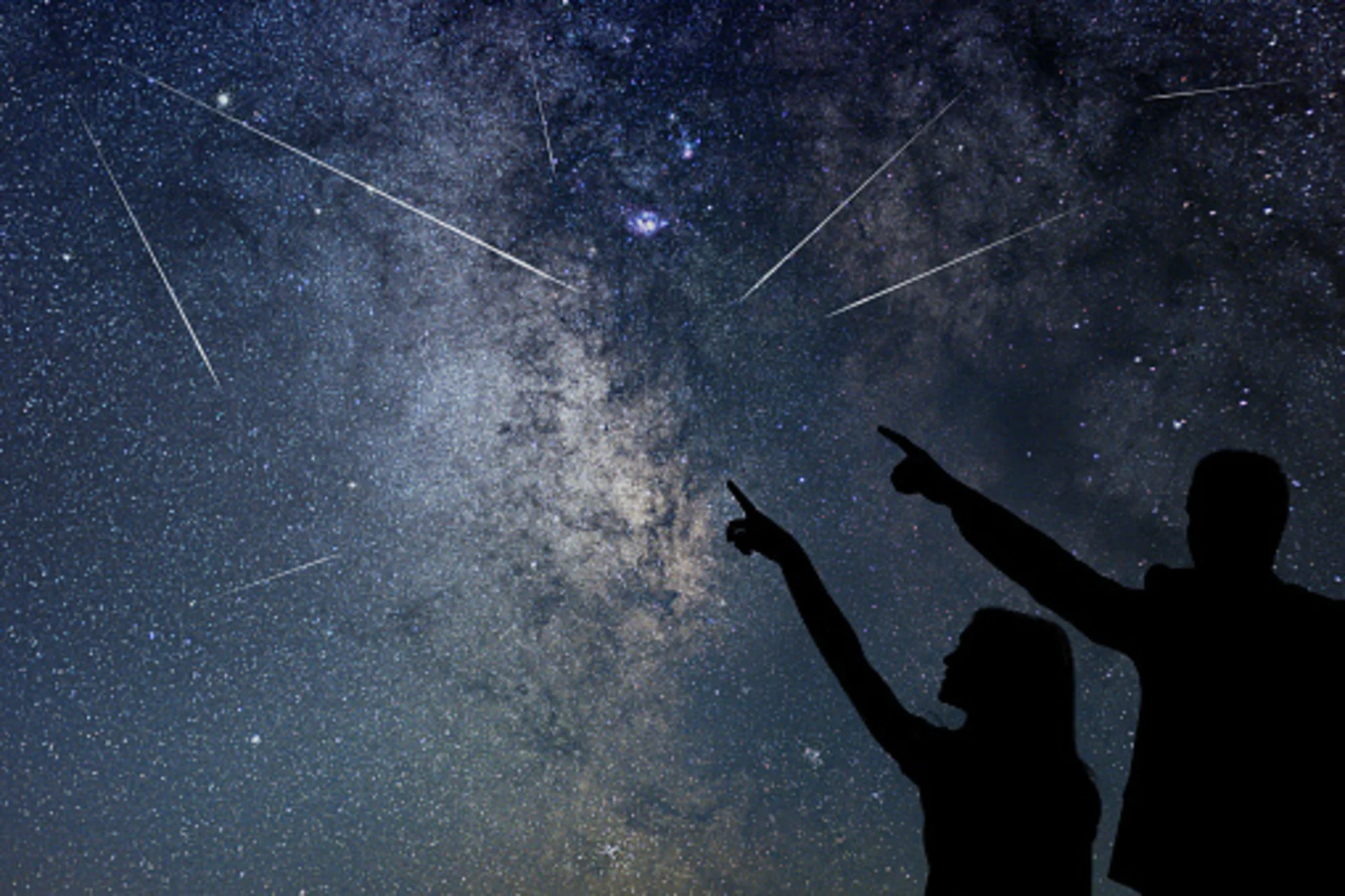
Look up! Orionid meteor shower to put on a dazzling display
See meteors from Halley's Comet flash across the sky!
If your weather is good tonight, take some time to look up. You might spot pieces of Halley's Comet as they produce streaks of light across the night sky.
Each year, throughout the month of October, Earth crosses a stream of icy debris left behind in space by Comet 1P/Halley. While immersed in this stream, tiny bits of the comet plunge into the upper atmosphere, resulting in meteors flashing overhead.
With these meteors appearing to originate from a point in the sky near Betelgeuse in the constellation Orion, this is known as the Orionid meteor shower.
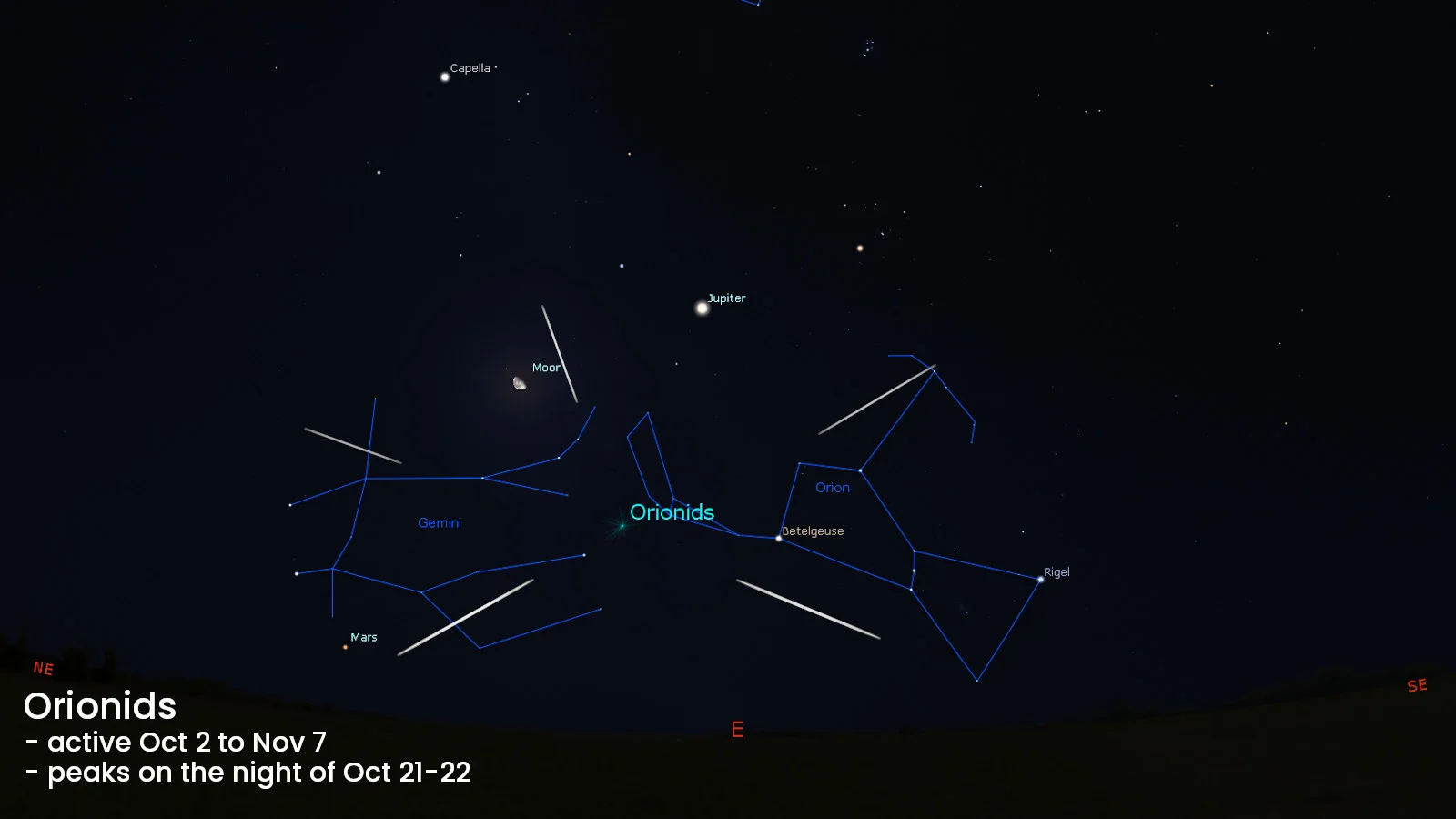
The best viewing for the Orionid meteor shower will be in the hours before sunrise on Oct 21, 2024. (Stellarium/Scott Sutherland)
Due to the tremendous speed at which the bits of cometary debris enter the atmosphere — around 66 km/s or 237,600 km/h — the Orionids are known for producing bright meteors and the occasional fireball.
Another phenomenon to watch for with the Orionids is persistent trains.
Meteors are flashes of light produced by the intense pressure of a piece of dust or ice plunging into the atmosphere from space. The meteoroid compresses the air directly in its path, causing that air to heat up until it glows. For exceptionally fast meteoroids, like those from Comet Halley, they can also leave behind a faintly glowing trail that floats on the wind until it fades away.
Since persistent trains have only rarely been recorded, scientists are still figuring out what causes them. One idea is that the meteoroids travel fast enough to strip electrons from air molecules, ionizing them, and the glow comes from the energy released as the molecules snap up a stray electron from the environment. Another involves 'chemiluminescence', where metals vaporizing off the fast-moving meteoroids chemically react with ozone and oxygen in the air to produce a glow.
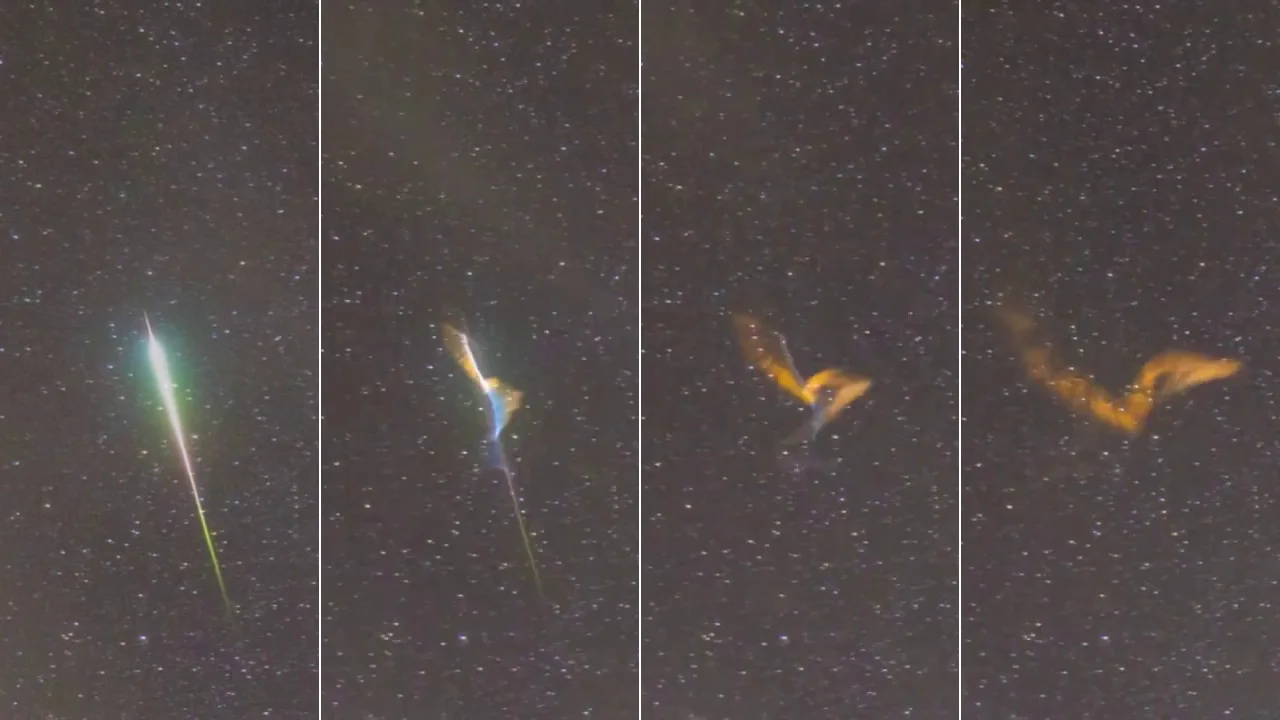
Four frames taken from a persistent train video, shot on October 21, 2022, show the initial Orionid meteor flash, and three views of the persistent train that developed in its wake. Credit: Brenda Tate/Tim Doucette/UGC
During the peak of the Orionid meteor shower, on the night of October 21st to 22nd, those viewing under clear, dark skies could see around 10-20 meteors every hour.
Watch for the shower's radiant to rise at around 10 p.m. local time, following the constellation Orion across the night. The radiant is the point in the sky from where the meteors of this shower all appear to originate.
However, don't focus too closely on that one point of the sky. Orionid meteors can show up at any point above us during the shower, so try to take in as much of the sky as possible to get the most out of the event.
READ MORE: How to get the most out of meteor showers and other night sky events
WATCH BELOW: When to see meteors from Halley's Comet flash across the sky
The Season of Meteor Showers
While there’s a chance you may spot a random meteor flash overhead on any night of the year, there are certain times when concentrations of them emerge from specific points in the night sky. These are meteor showers, with the concentrations of meteors originating from different streams of comet or asteroid debris that Earth passes through as we orbit the Sun.
Astronomers track roughly three dozen meteor showers every year, but only around 12 or so tend to be significant enough to watch. Of those 12, half occur during the fall season. In fact, there’s not a single night from Fall Equinox to Winter Solstice without at least one meteor shower active at the time.

Meteor shower peak dates (The Weather Network)
Even with multiple overlapping meteor showers going on throughout the season, there are very specific nights that are best for viewing each individual shower (such as tonight's Orionid meteor shower). These nights are when Earth passes through the densest part of a particular debris stream, resulting in the greatest number of meteors from that shower.
DON'T MISS: Solar max has arrived! Here’s how and where to see the Northern Lights
After the Orionids come the twin meteor showers — the southern and northern Taurids. Long ago, this was probably a single meteor shower, originating from a large comet. That comet has since shattered, with two of the fragments producing the Taurid meteor showers — asteroid 2004 TG10 for the northern Taurids and Comet 2P/Encke for the southern Taurids.
This year, the Southern Taurids are expected to peak on November 5, and the Northern Taurids should reach their peak on November 12.
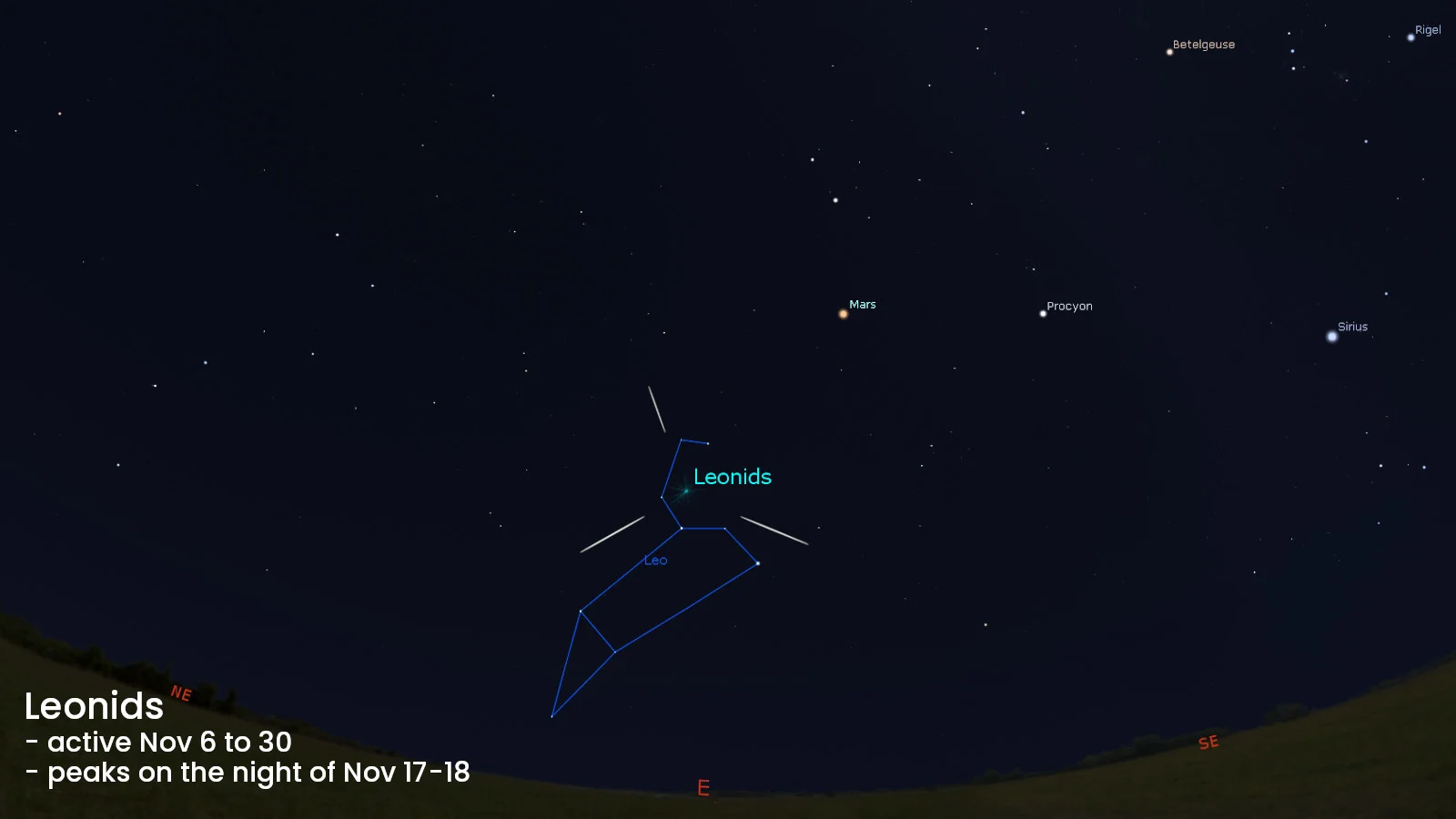
Leonid meteors appear to radiate outward from within the constellation Leo during the November 16-17 peak. (Stellarium/Scott Sutherland)
To learn more about other spectacular night sky events to come this fall, click here.
Watch below: Not all clouds obstruct your view of the sky, here's the difference in types
Header image courtesy of Allexxandar via Getty Images.







